Play, performance, participation
-
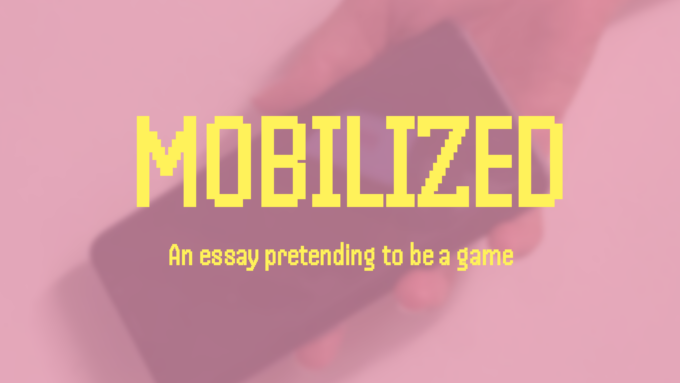
MOBILIZED: An essay pretending to be a game
Mobilized is a participatory performance exploring the power and potential of the smart phone. Rather than asking you to turn it off when entering the theatre, we ask you to keep it ready for use. Your phone will be the portal that takes you and other audience members into the constructed reality of the piece.…
-
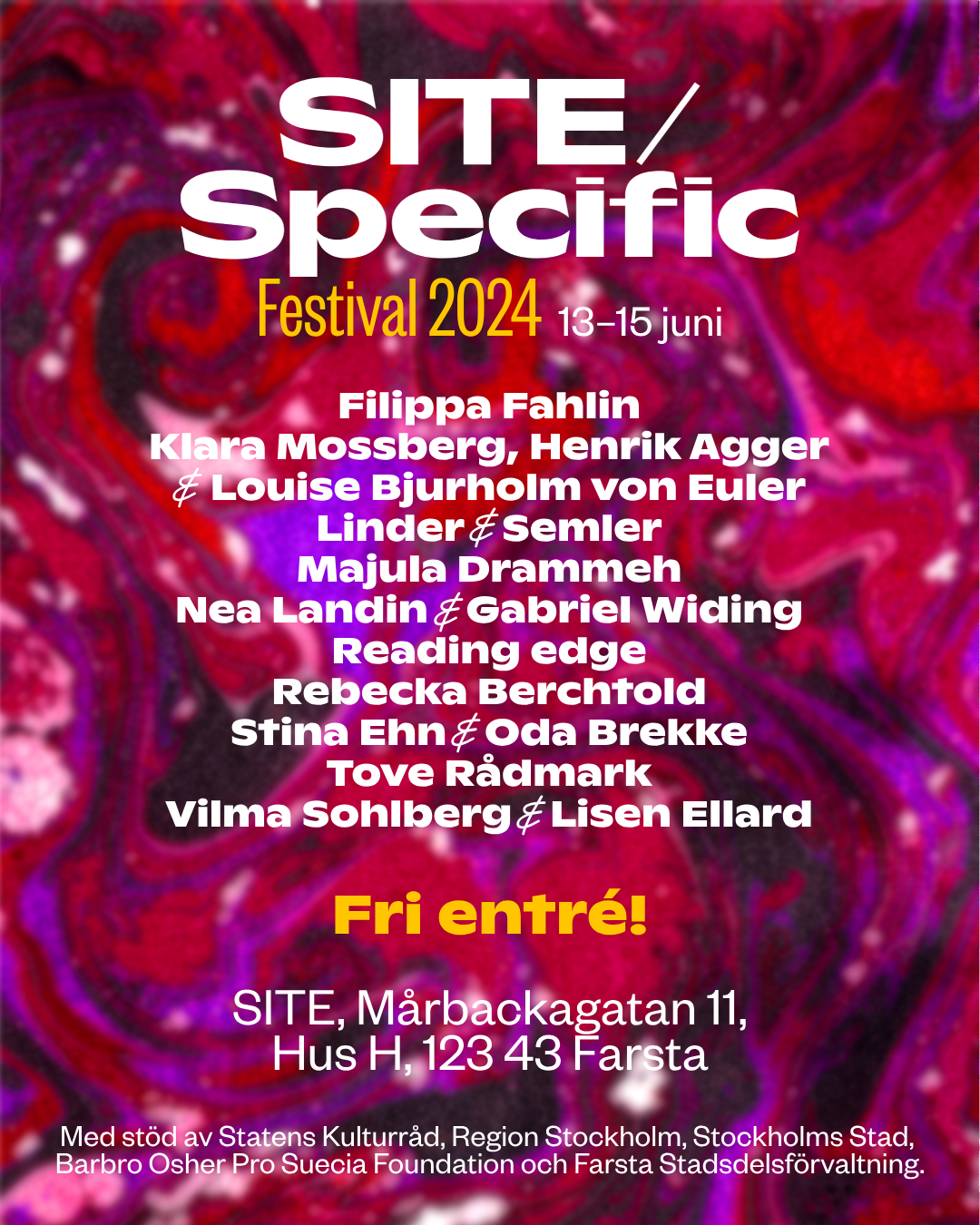
Mobilized at SITE/Specific Festival 2024
SITE/Specific Festival is a festival in an open house format that gives you the chance to meet artists connected to SITE and take part in their latest works. During three evenings in June, we invite you to indoor and outdoor performances, talks and workshops. The festival has free entry! Mobilized – An essay pretending to…
-
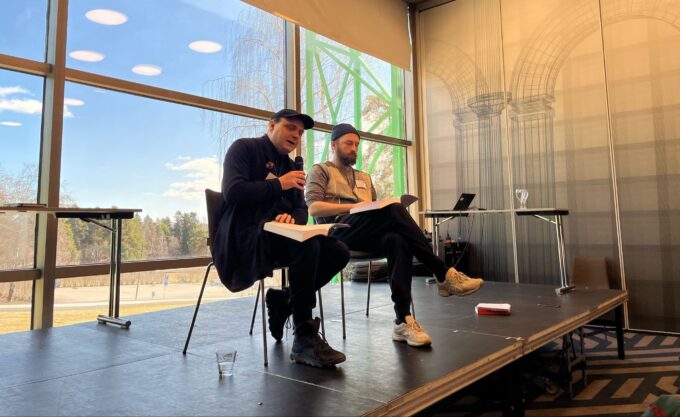
Against design published in the larp anthology Liminal Encounters
The annual Nordic live action role-play conference Knutpunkt/Solmukohta usually comes with an anthology on different aspects of larp. This year’s title was LIMINAL ENCOUNTERS: Evolving Discourse in Nordic and Nordic-inspired Larp and it was edited by Kaisa Kangas and her team. There are many good contributions to this year’s book. I can specifically recommend “The…
-
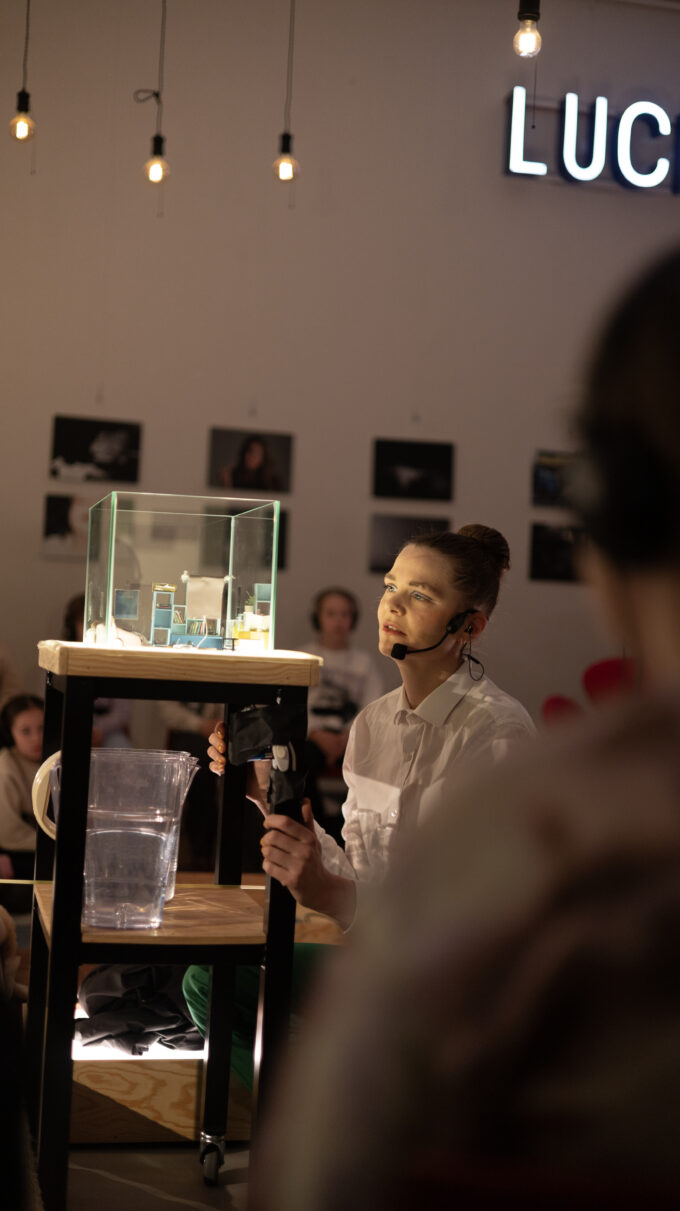
On tour in Finland
I’ve been on a ten day tour in Finland with Nyxxx and the show Hör så tyst det är, directed by me and Ebba Petrén. The tour was organized by Assitej Finland through the Bravo!-festival and I’m happy we have been able to show the work in Swedish as well as Finnish. This is the…
-
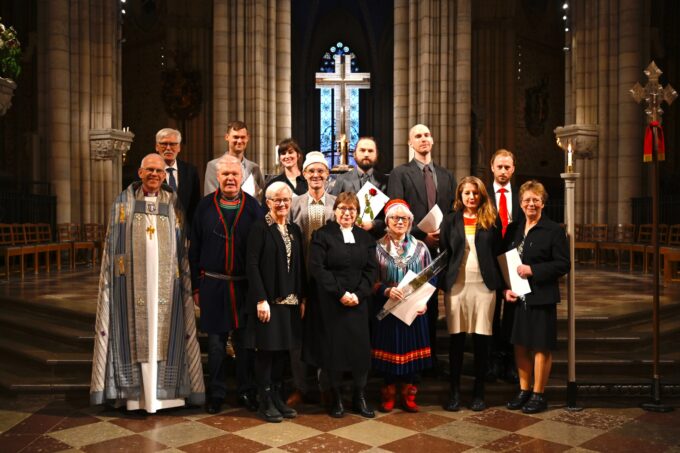
Grant received from The Church of Sweden
We (Gabriel Widing & Áron Birtalan) are excited to announce that our project 𝑳𝒐𝒗𝒆’𝒔 𝑺𝒆𝒗𝒆𝒏 𝑵𝒂𝒎𝒆𝒔 is one of the awardees for The Church of Sweden’s cultural prize in 2023. The award consists of a grant that will help us in the initial stage of the project, studying, rehearsing, wayward dreaming. ⛓️ ✨ 🪨 🔥…
-
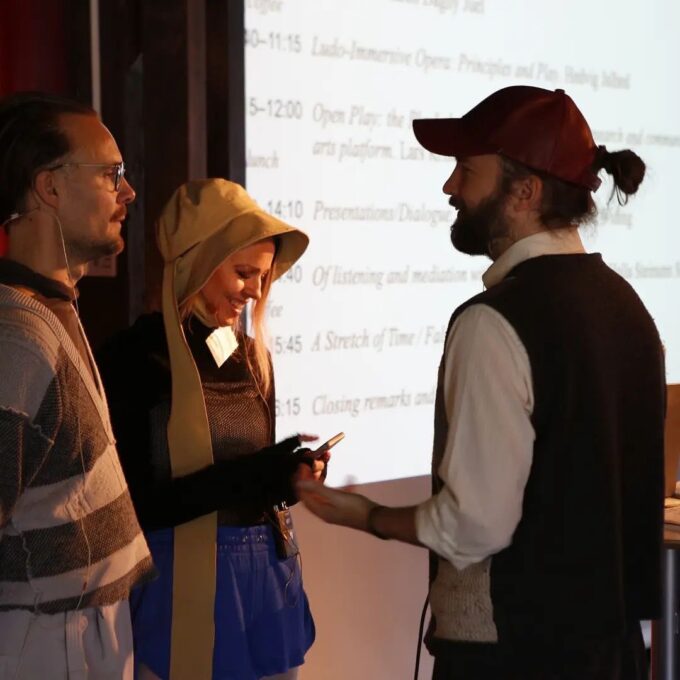
In conversation with Lundahl & Seitl at IAC
Inter Arts Center “a platform for artistic research and experimentation” are very into games and play these days. Me and Nea Landin performed Mobilized there at Immersive days #3: Agents in Play. In the aftermaths i had the pleasure of giving a short improvised talk and enter a dialogue with Christer Lundahl and Martina Seitl.…
-
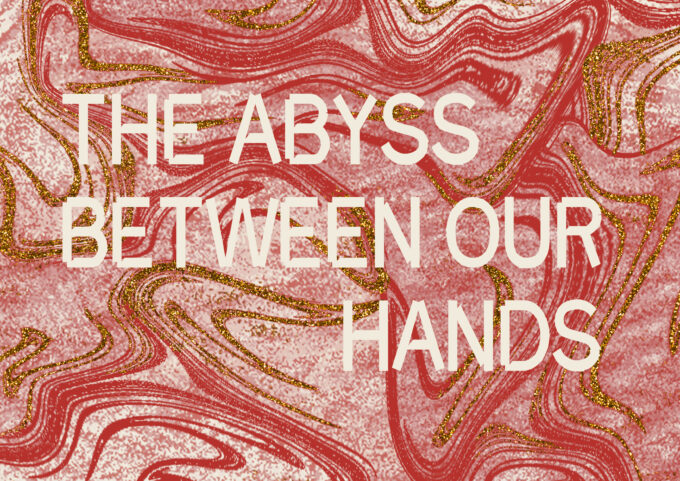
The Abyss Between Our Hands – with Áron Birtalan
On October 20th we will host a seminar and a reading night, exploring technologies of intimacy in artistic practice and mystical theology. Artistic practice and mysticism have both been ways where the unknowable and the unreliable can be touched, felt, communed with. They denote a space where the lines between affective, sensual and intellectual collapse,…
-
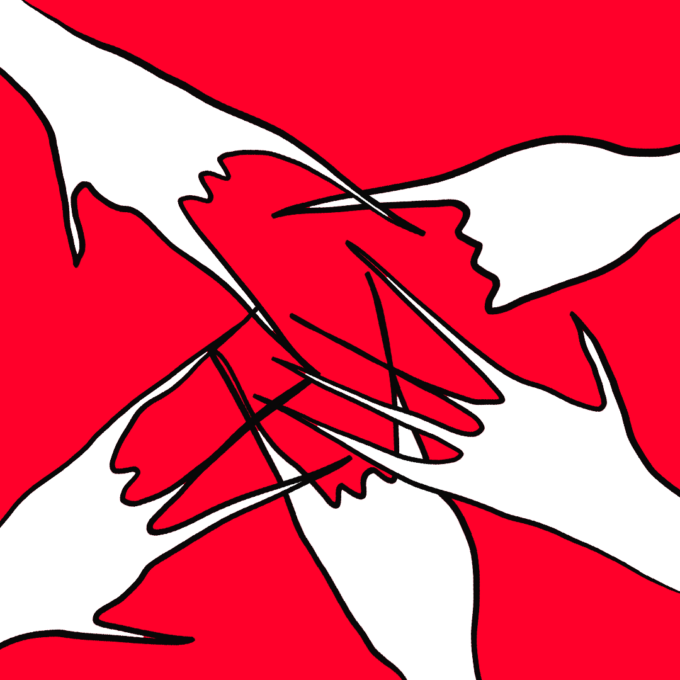
Inferno speed date
Together with Nea Landin I have designed and coded a speed date web app. It was commissioned for Kulturnatten (Museums’ night) at Kulturhuset Stadsteatern. Inspiration came from Dante’s Divine Comedy, where the protagonist wander through the different circles in Hell. The participant start off by choosing what deadly sin they are under the influence of.…
-
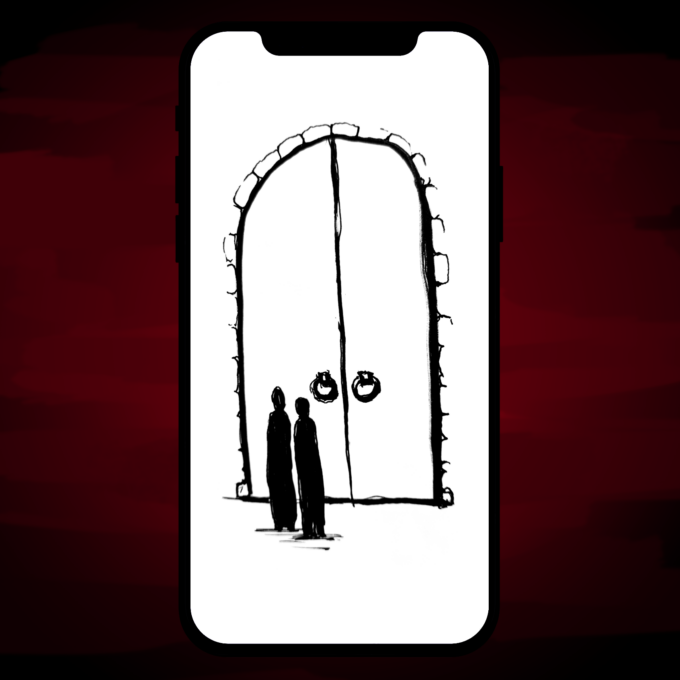
Datenight på domens dag (Kulturnatten, Kulturhuset)
På Kulturnatten, 22 april, 2023 blir det ny-designad, ny-kodad speeddate på Kulturhuset i Stockholm Kom med på en infernalisk speed-date och lär känna nya vänner, älskare och småjävlar. Din mobil (detta djävulens påfund) kommer att leda dig och de andra förtappade själarna på plats genom en serie rykande möten och situationer. Speed-daten är skapad och…
-
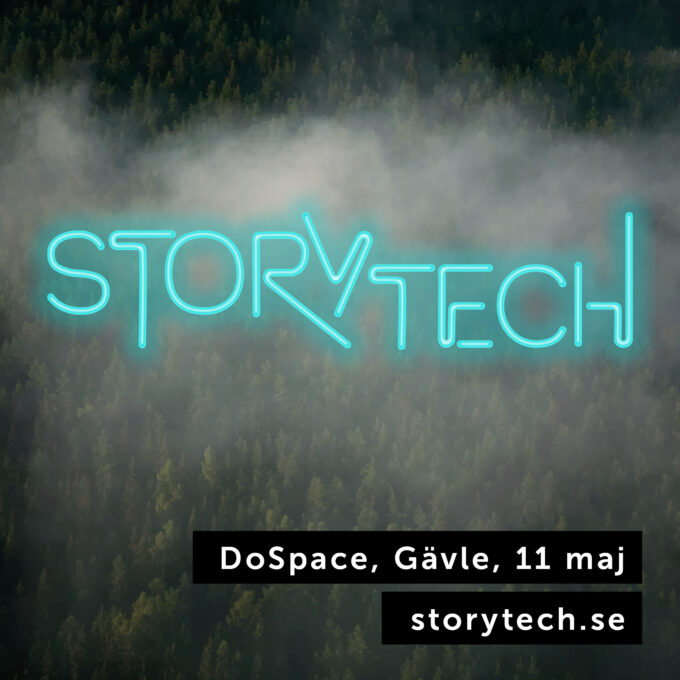
Ekstasis på Storytech
Vi visar Ekstasis på endags-konferensen Storytech i Gävle 11 maj 2023.
-
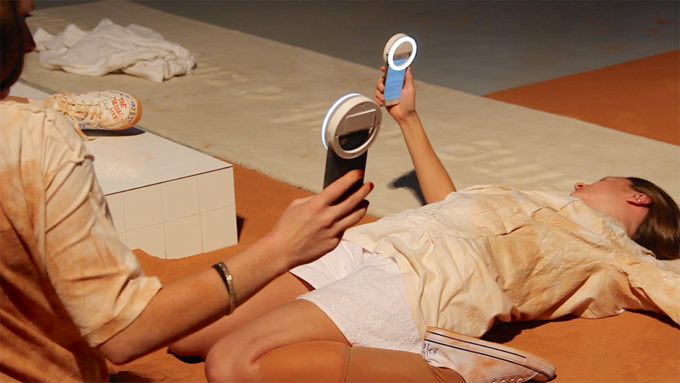
THE IMAGINING BODY: Freestanding course at SKH
Applications are open for a freestanding 7.5p course at Uniarts/SKH that I will put together and teach together with Áron Birtalan. It’s the first time I have the opportunity to create an entire course from scratch on university level and I think these five weeks will be great. If you are active in any performative…
-
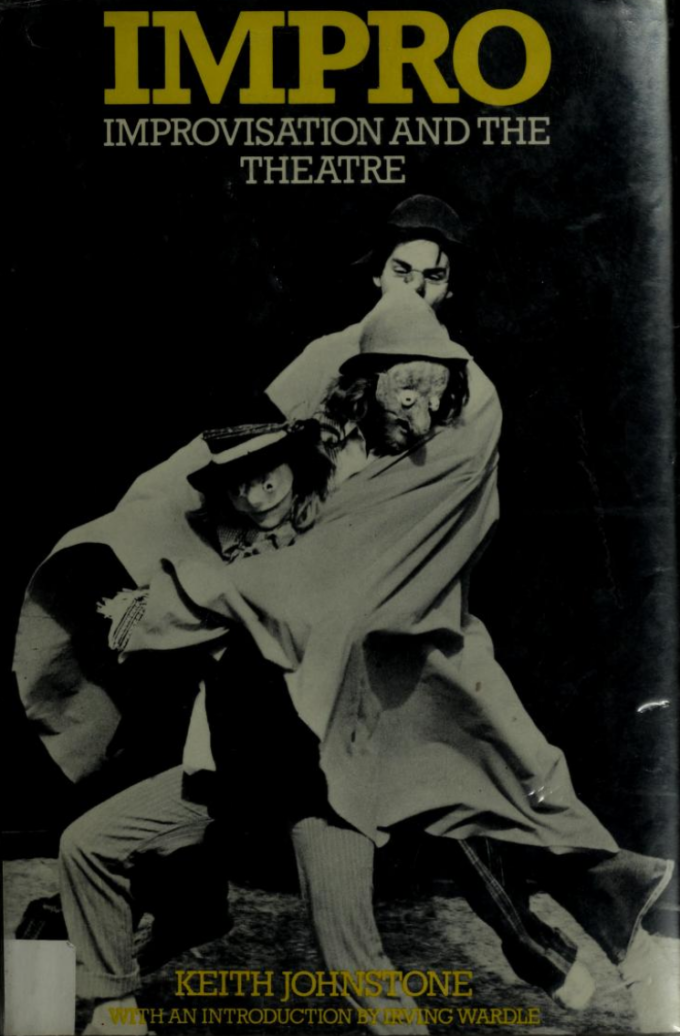
Rest in peace Keith Johnstone
I just heard that the improvisation guru Keith Johnstone (1933 – 2023) passed away. He visited Stockholm occasionally and worked with Susan Osten and others, which also meant that his work was translated and published in Swedish. I think his work was absolutely fundamental to bridge the world of games and theater and thereby making…